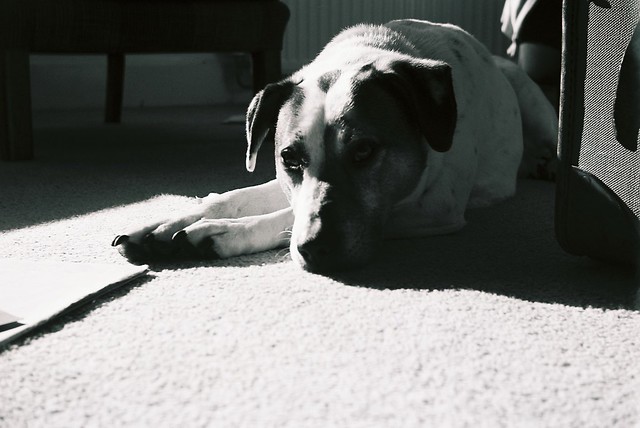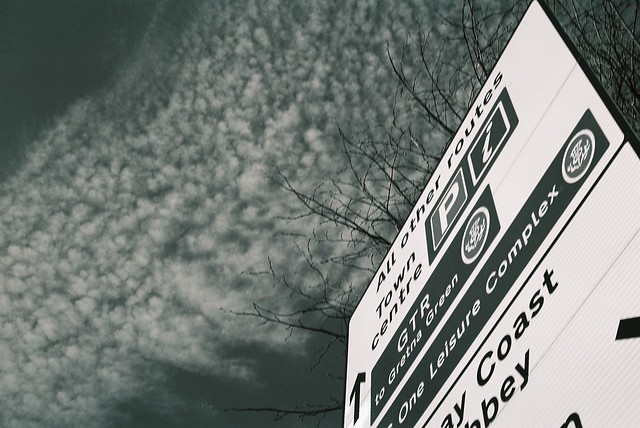I’d been after a Baldessa for a while. Balda was another legendary German camera maker decimated by the rise of Japanese compacts in the 1960’s and its Baldessa series take on a 35mm compact.

Sadly my shutter went at some point in my first 2 rolls but did this camera tempt me back for another or was it auf wiedersehen ?

The Balda Baldessa series began in the 50’s and ran into the 60’s with models like this later LF. These were less expensive and less sophisticated cameras compared to the likes of the Voigtländer Vito B. But does the cut corners make for less fun ?
Balda Baldessa LF Specs
- Lens: 45mm 1:2.8
- Focus: Scale
- Metering: Selenium
- Exposure: Manual
- Aperture: f/2.8-f/22
- Shutter: Prontor 125
- Shutter speeds: 1/30-1/125 + B
- EV 100asa: 8-16
- Filter-Thread: none (? push on)
Baldessa series features both rangefinders and viewfinder models. The original 50’s models used a numeric system to separate e.g 1a. However later 60’s variants used letters to delineate. So our model the LF is a scale focused (rangefinders had R) with an uncoupled light meter (hence the L) and had a flash bulb holder for AG-1 bulbs (F). It was sold alongside coupled light meter versions (LK) so the top of the range Baldessa RF-LK had a rangefinder, flash bulb holder and coupled light metering.

It’s quite a pleasing camera to hold although the body is mainly plastic. It however is well constructed and laid out. It is similar in features to many other 1960s German cameras made by the likes of Franka 125 with which it shares a similar lens and shutter abet with uncoupled light metering. It also features quirky winder on the base a bit like a fold out clockwork key that you rotate 180 degrees to wind on and a pop out rewind key. The battery housing for the flash bulbs looks a bit like a winder on the rear.

The LF has a coated Isco-Göttingen Color-Isconar lens that we’ve seen before on the Franka 125 and also shares the same shutter Prontor 125 (a leaf everset shutter). In fact bar metering they are pretty similar
The selenium meter reads on the top plate. You set the ASA on the inner dial and then turn the outer dial until the red needle matches the White meter needle. You can the read off a set of shutter/aperture combinations from the dial. This works well enough with straightforward shots but may prove an issue at odd camera angles. Of course you can just ignore the meter.

The camera has the usual accouterments with a cable point on the base of the front plate shutter and although it was geared for flashbulbs (the camera has a battery compartment for this) it thankfully has a PC sync cable. The LF manual isn’t available for free on line but it seems to sync at all speeds. There is no timer but IMHO they are often more a liability. The camera has brightline viewfinder that is reasonably accurate but offers as you would expect little else. The shutter switch is on the front rather than top plate which I always feels is more prone to camera movement.

I’m not entirely sure of how good the lens was because of the faulty shutter but I do think the aperture has a big impact. I shot 200 ISO AVP 200 in Dull January on the camera and the results weren’t great except for the flash shots whereas on a sunny day prior to easter the B&W shots were taken on 400 ISO and these are much better. Although I do think the fault shutter didn’t help, I know from the Franka 125 that this lens is softer the wider you go. At narrow apertures it is pretty good (not in Vito B league but not bad) and certainly overall it is better at short to medium distances.
In summary this a workman like typical german camera of the 50’s-60’s. The lens is okay in good conditions with narrow apertures and is pretty typical of many budget models although outshone by the likes of the Vito B. Quirk well made otherwise but the Prontor shutter is probably the weakest link both in use and reliability (this the 3rd one that has gone for me). I’m not seeking another as truth be told it doesn’t offer anything over the models I already had but it isn’t that bad although I prefered the near identical Franka.
Why buy
- Well constructed
- Fairly stylish
- Manual setting with uncoupled metering
Why not
- Winding mechanism
- Plastic feel
- Shutter limitations & ? relaibility
- A Voigtländer’s not much more
Alternatives
- Voigtländer Vito B – The classic era German Viewfinder
- Franka 125 – Similar German Rival with standard winder
- Ilford Sportsman – German made viewfinder for UK Market
- Halina Paulette Series – HK homage/copy of Germanic style
- Braun Paxette – Better lensed quirky rival
Helpful links
- Baldessa F and 1b manuals at Butkus.org
- Baldessa series at camera-wiki.org
- Baldessa LF at Lippisches Camera Museum (German)

One thought on “Balda Baldessa LF 2 Roll Review – The Clockwork Camera”